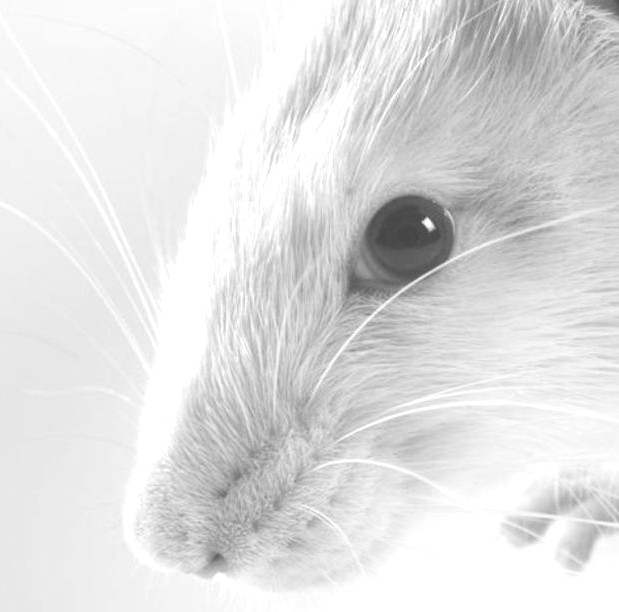Animals spared in better tests
 CSIRO is helping to push the scientific world beyond the need for animal testing models.
CSIRO is helping to push the scientific world beyond the need for animal testing models.
Australia is championing non-animal models in the quest to improve drug testing and development, providing innovative, humane, and ethical alternatives, based on human cells and data to revolutionise medical product development.
Non-animal models, including advanced computer simulations and cutting-edge three-dimensional (3D) models such as organs-on-chips, use human-derived components, offering more precise predictions of human responses compared to animal models.
This not only expedites the identification of effective drug candidates but also aligns with ethical considerations by reducing animal use.
Several non-animal models are already in use for drug development, including two-dimensional (2D) cell cultures for early-stage drug target identification, enabling high-throughput screening.
They significantly accelerate drug development compared to animal models.
A new CSIRO report, Non-animal models: A strategy maturing Australia’s medical product development capabilities, says Australia is poised to tap into these opportunities, particularly in four key areas:
1. Drug candidate screening: High-throughput screening for potential drug candidates
2. Toxicology testing: Ensuring the safety of new medical products
3. Informing patient selection for clinical trials: Identifying the most suitable treatments using patient cells
4. Manufacturing model components: Such as stem cells and hydrogels
Economically, it says these advancements could lead to an estimated annual revenue of $1.6 billion by 2040, creating over 5,000 new jobs in Australia from organoids and organ-on-chip technologies.
While Australia boasts world-class researchers and institutions generating non-animal models, the United States and the European Union are leading in this field.
They have formal recognition, dedicated funding, and supportive policies in place to promote non-animal models.
To seize these opportunities, CSIRO says Australia needs to focus on improving the quality and cost-effectiveness of non-animal models, primarily the responsibility of the research community.
It also suggests strengthening the ecosystem around this technical capability, requiring government involvement and collaboration with industry and research to update policies, regulations, data collection standards, and infrastructure investments.








 Print
Print